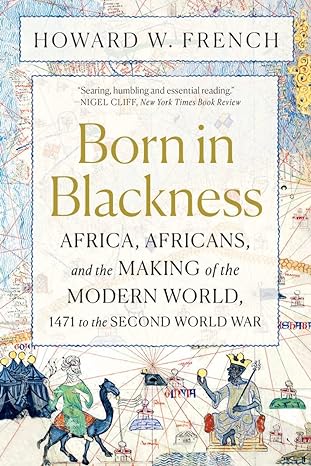The planters owned the land, they owned the tools—the sugar mills—and they owned the labor [slaves]. But a sugar plantation was also a society consisting of 100 to 300 people—even more in later centuries. The plantations were scattered throughout the countryside in a new country where the web of government was not yet capable of dealing with individuals. These small societies needed some form of government. It was natural for the senhor de engenio, or master of the sugar factory, to begin settling quarrels, punishing offenders against the common interest, and taking on the powers that were
...more
Welcome back. Just a moment while we sign you in to your Goodreads account.


